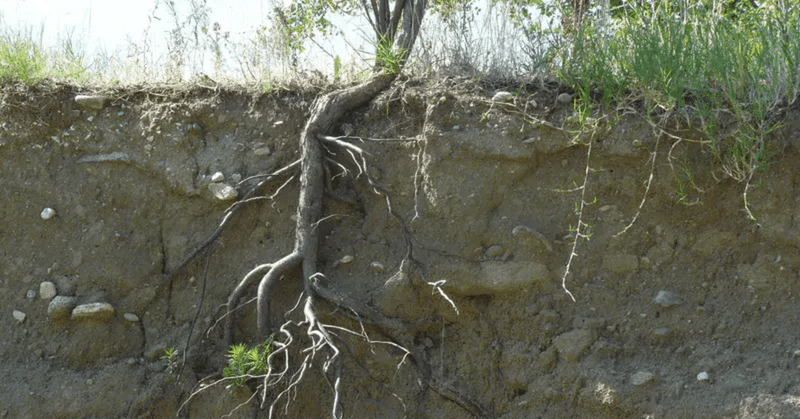
A foothold to understand "subprocesses"
I would be very interested to know which aspects of the equivalent of Gendlin's idea of "interaction first" have already been discussed in previous studies and which have not yet. One of my interests is "subprocesses".
John Dewey argues that the parts of a plant are interdependent.
The root-tips of a plant interact with chemical properties of the soil in such ways as to serve organized life activity; and in such ways as to exact from the rest of the organism their own share of requisite nutrition. (Dewey, 1929, p. 256; 1981, p. 196)
Each “part” of an organism is itself organized, and so of the “parts” of the part. Hence its selective bias in interactions with environing things is exercised so as to maintain itself, while also maintaining the whole of which it is a member. (Dewey, 1929, p. 256; 1981, p. 196)
The arguments are concrete and easy to understand.
From these specific examples and considerations, it is a pleasure to review chapter 4A of "A Process Model" (Gendlin, 2018), "The body is the subprocesses" etc.
I would like to offer my own outlook. Perhaps Gendlin would not deny Dewey's arguments above. However, the difficulty may be that the arguments only apply to plants with roots and leaves, etc.
It may be that Gendlin's "A Process Model" (Gendlin, 2018) attempts to discuss the processes commonly occurring from unicellular organisms to humans in a more thorough and more continuous manner than Dewey's. Therefore, Gendlin would not have envisioned pre-separated, fixed organs or systems to which they belong.
The spectator could formulate complete and distinct strings of separate processes, for example, digestive, respiratory, reproductive, etc. These are not separate all along their way, nor are their subprocesses at the microscopic level. (Gendlin, 2018, p. 23)
There is no single set of bodily parts. In some process some "part" acts as one, but what we thereby spatially distinguish may not be one in other processes. It may be only together with more, and within it many subprocesses may involve only sub-parts of it. (Gendlin, 2018, p. 27)
In addition, I think that Dewey might not have the idea that subprocesses are created by stoppage.
References
Dewey, J. (1929). Experience and nature (2nd ed.). Open Court.
Dewey, J. (1981). Experience and nature (The later works, 1925-1953 / John Dewey, Vol. 1, edited by J. A. Boydston). Southern Illinois University Press.
Gendlin, E. T. (2018). A process model. Northwestern University Press.
この記事が気に入ったらサポートをしてみませんか?
